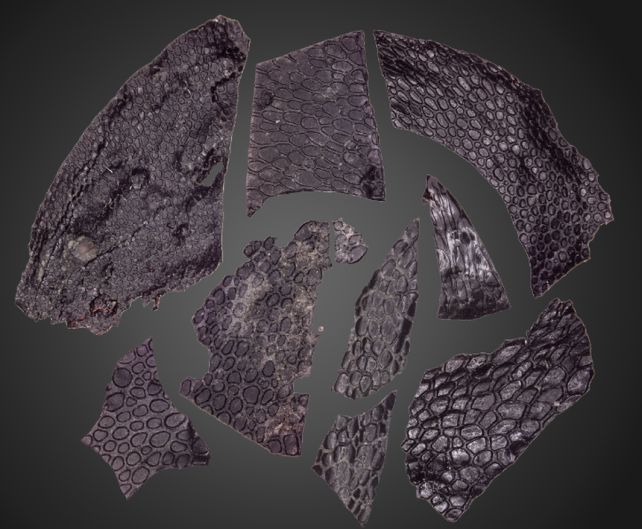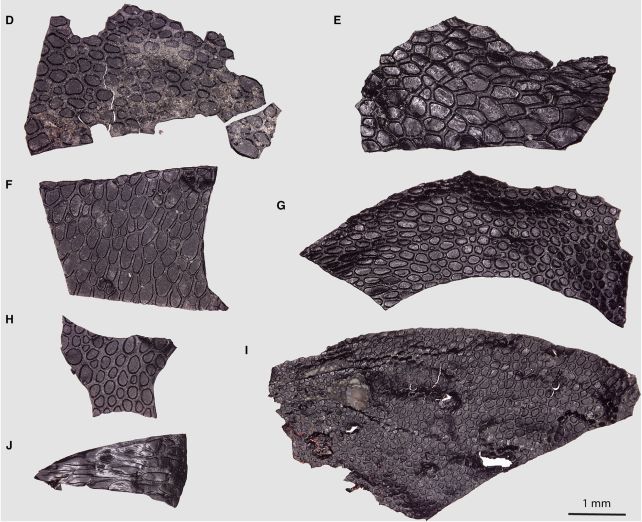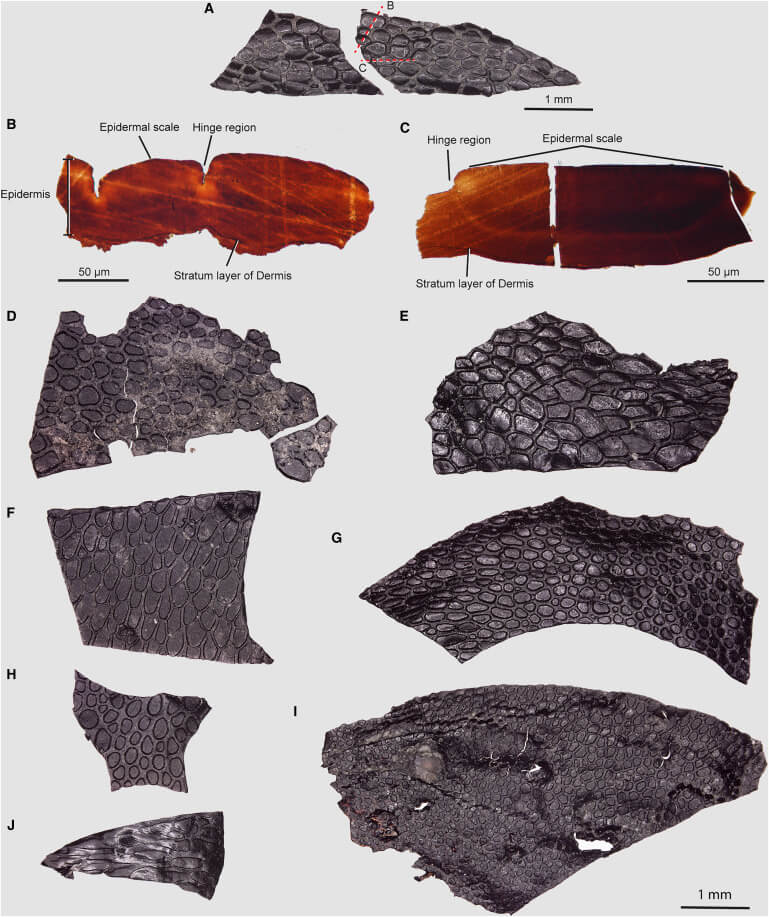The oldest skin fossil in history, 290 million years old, has been discovered
It's just a single point, smaller than a fingernail. However, a stone found in a sandstone cave in Oklahoma greatly expands our understanding of prehistoric skin.
Paleontologists have determined that the texture preserved in it is the oldest known sample of buried skin; A skin scrap belongs to a very diverse classification of animals, the amniotes .
It is 290 million years old, a full 21 million years older than the previous record-holding specimen; It appears to belong to a reptile, as it closely resembles the skin of a modern crocodile.

Given how important the skin is to the body's protective barrier, the discovery is significant as it helps us reconstruct the full evolutionary picture.
"The sample allows us to look into the very distant past. These types of discoveries really enrich our understanding of these early animals," says study author Ethan Moon, a paleontologist at the University of Toronto.
Fossils can be rich and varied, but some body parts are very difficult, rarely preserved. This is the case with any soft tissue—skin, organs, and connective tissues break down much more easily than bones and often disappear before they become buried in rock.

However, some environments are just right for soft tissue storage. One of these is the Richard-Spur cave system in the US state of Oklahoma. The sediment is mostly soft and clean, and the lack of oxygen slows down the decay of soft tissues. In addition, in the Permian age , oil was actively seeping in this cave; Oil-entrained sediments also contributed to soft tissue preservation.
This period is known for the richness and diversity of tetrapods (four-legged animals). One of the earliest amniotes—a group of land vertebrates that included reptiles, mammals, and birds—was discovered at Richard Spurr Cave.
However, the newly discovered skin fossil is something really special. Skin is carbonized in 3D—the first fossil of this form for us from the Paleozoic era . At the same time, it is the earliest preserved skin fossil, which not only has an outer layer, but also deeper structures related to the dermis layer.
"We were shocked by what we saw, because it was completely unlike what we might have expected," says Moon.

Finding fossilized skin this old is a unique opportunity to peer into the past and see what the skin of some of the earliest animals looked like, he said.
Unfortunately, we still don't know much about which animal this skin once belonged to. No associated skeleton has been found. However, with its straight, pebbly-shaped skin surface, it resembles the skin of modern crocodiles, and some regions between the scales resemble those of snakes and lizards.
According to the researchers, the discovery shows that even very early, when amniotes first began to divide, they already had skin, and a significant one at that.
"In particular, the presence of an epidermis indicates that their skin served as an important barrier against the terrestrial environment," the researchers wrote.
Fossil skin also offers a new tool for studying the formation and development of mammalian hair follicles and bird wings. The first mammals appear in fossils about 225 million years ago , and birds about 150 million years ago . Therefore, this mysterious animal may be the key to the formation of our soft skin.
We still don't know much about how the various traits of different groups of animals differed and evolved. Discovering an early example of such features is a rare and special window into the history of these strange and wonderful forms of life on the planet.
The study was published in Current Biology .
Prepared by ScienceAlert.

